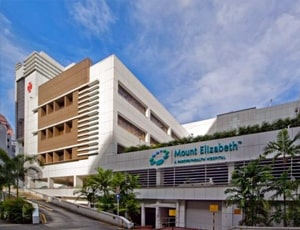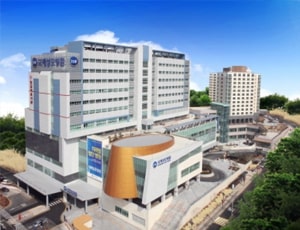Implantable cardioverter defibrillator (ICD) is a small device placed under the skin to keep track of the heartbeat. A defibrillator implant is useful in preventing sudden death and abrupt cardiac arrest in patients who may not have suffered a heart attack, but are at its risk.
A heart fibrillator surgery can be required in adults, teens and in unfortunate cases, children too. Any cardiologist can recommend defibrillator procedure if an individual suffers from arrhythmia. An ICD pacemaker is very good at treating life-threatening problems, such as ventricular arrhythmias.
Some forms of arrhythmias make the ventricles either quiver frequently or beat too fast. People who have earlier suffered from a ventricular arrhythmia before or had a heart attack that previously damaged the electrical system of the heart are at a higher risk of ventricular arrhythmias in the future.
People who have fortunately survived a sudden cardiac arrest (SCA) are often recommended an ICD pacemaker surgery. Even for those who have specific heart conditions that put them at higher risk for SCA can also be recommended defibrillator procedure. Some of the common causes of arrhythmias include the following:
Some of the noticeable symptoms of arrhythmia include the following:
An ICD pacemaker device monitors the heartbeat at every moment and if required, it delivers an extra beat or gives an electrical shock to restore a normal heart rhythm. Another implantable device may be combined with it to control abnormal heart rhythms.
You should discuss the procedure details with your doctor or surgeon and inform him about your medical history. Inform the doctor if you are pregnant or planning a pregnancy. People with other kinds of blood disorders are usually tested before the procedure.
Apart from all this, separate stress tests may be conducted on the patient. Sensitivity to any medications or to anaesthetic agents, iodine latex, or tape should be informed. Some period of fasting is required before the ICD heart device placement surgery, which shall be instructed by the doctor in advance. You may also be required to take some antibiotics before the procedure. You should discuss the medications you are taking currently to the surgeon prior to the procedure.
The defibrillator procedure can be performed on an outpatient or inpatient basis. Depending on the experience and preference of the doctor, the procedure can slightly vary.
After removal of jewelry and accessories and change into the hospital gown, the patient is required to empty their bladder. An IV line is started in the hand or arm before the procedure so that medicines and fluids can be injected later.
The patient is closely monitored before the surgery and it is necessary to inform about any discomfort that is felt after AICD placement. Some amount of chest pain is normal. Vital signs are monitored and the easily digestible food is given for a few days.You will be discharged when the breathing and heart rate stabilizes. Within a few weeks or so, you can resume a normal life with some restrictions on movement as advised by the doctor. Driving has to be avoided until the doctor approves of it.
Specific instruction has to be followed regarding bathing and dressing. Regular evaluation of ICD is required at a certain frequency. A duly filled card will be given at the time of discharge, which must be carried by you. You must inform the security personnel during airport screening or mall screening that you have an ICD installed. You must also avoid being close to heavy motors or strong magnetic and electromagnetic fields.
You must notify your doctor if you feel feverish, palpitations, or have severe chest pain during the recovery period or at any point of time. You must discard completely discard the habit of carrying the mobile in your chest pocket.

Delhi, India
Equipped with more than 50 specialty institutes, Indraprastha Apollo was started with the vision of ...more
![]() Private Rooms
Private Rooms
![]() Translator
Translator
![]() Nursery / Nanny Services
Nursery / Nanny Services
![]() Airport Pick up
Airport Pick up

Singapore, Singapore
Mount Elizabeth Hospital is a multispecialty healthcare facility operated by Parkway Health. The hos...more
![]() Private Rooms
Private Rooms
![]() Translator
Translator
![]() Nursery / Nanny Services
Nursery / Nanny Services
![]() Airport Pick up
Airport Pick up

Seoul, South Korea
Catholic kwandong university international St Mary hospital is one of its kind hospitals in Korea. I...more
![]() Post operative followup
Post operative followup
![]() Airport Pick up
Airport Pick up
![]() Online Doctor Consultation
Online Doctor Consultation
![]() Free Wifi
Free Wifi
Q: Will ICD completely cure the heart rhythm problems?
A: No, it cannot treat the problem permanently
Q: How often does the doctor check the ICD?
A: Depending upon the intensity of the patient’s problem, the checkup can vary from 2 months to 4 months and in some cases even 6 months.
Q: What is the cost of ICD?
A: Implantable cardioverter defibrillator cost can vary from $30000 to $50000 in the Western countries. But the ICD heart device cost in India and other medical tourism destinations is much less than the Western countries.